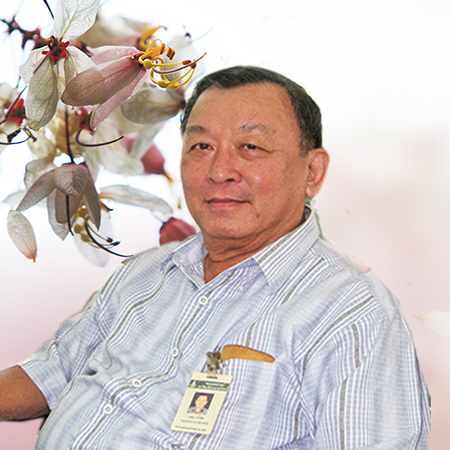Assoc. Prof. Kasem Kaew-Im


In 1994, after retirement, Dr. Kasem Kaew-Im started the responsibility to establish the museum. Since Anatomy section was not directly under the supervision of the Faculty of Medicine, many problems arose. However, certain support was derived from the Faculty of Medicine, particularly in collaboration with the Department of Pathology. Therefore a temporary office was set up until the complete construction of the new building. As a result, whenever there was cadaveric dissection, those staff working in the Department of Pathology were unavoidably affected by the smell, unpleasant pictures, including the loud noise from sawing plastic material to make a container.
Despite all obstacles, until the complete construction of the new building, all specimen collection was moved to the 4th floor of Rajanagarind building since 1999. Although the museum has achieved its initial aims, certain problems still remain : how to maintain durability and usefulness of those specimen. Since there is only one piece of each specific specimen, and if any one of the collection is damaged, such display would be impossible. At present, provided that an actual curator is assigned, the museum will become considerably beneficial for teaching/learning Anatomy to many generations of students.